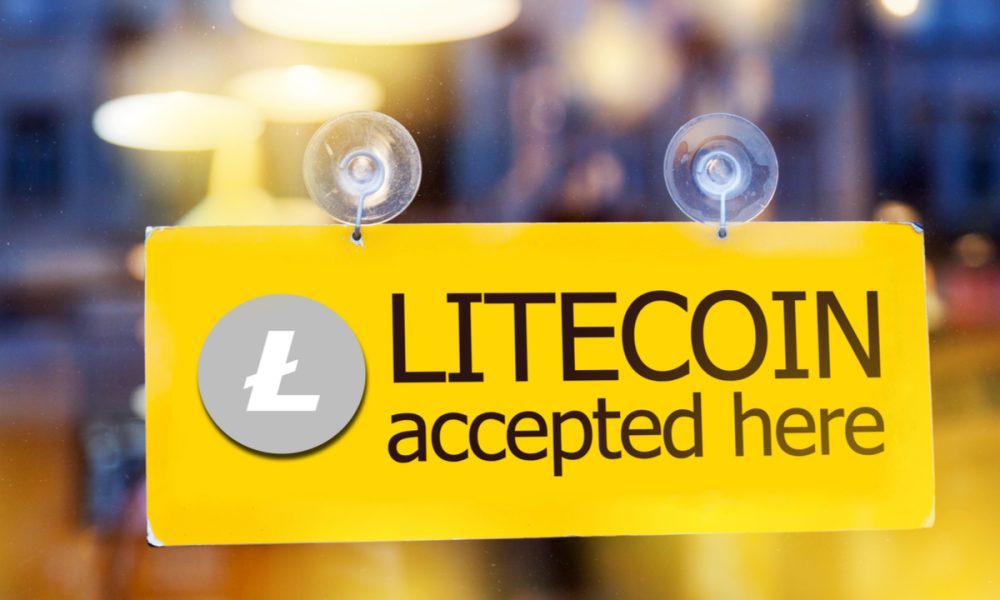Shopping with cryptocurrency remains a novel, or even foreign, experience for most consumers.
That said, PYMNTS’ research shows that among tech-driven consumers, more than 1 in 3 (35%) prefer merchants that take crypto, with 26% saying they would go so far as to switch merchants to shop where crypto is accepted. Nearly 1 in 4 everyday consumers (23%) similarly say they prefer merchants that accept crypto.
As consumers increasingly try out digital wallets and merchants accept them, the time is ripe for the broader adoption of cryptocurrency payments as a key component of the global payment solution ecosystem.
PYMNTS recently sat down with Stephen Pair, the CEO of crypto processing platform BitPay, to discuss where he sees blockchain-based payments going in the future and how the company supports merchants and customers by adding new altcoin options like litecoin.
Show Me the Money
BitPay started supporting the litecoin cryptocurrency in July 2021. Since then, the company has processed over 200,000 litecoin transactions, valued at more than $35 million, across its partner merchant network.
“Most merchants would like to take all payment methods,” Pair said. The same goes for their customers. “The [litecoin] community has been really supportive, they’re buying everything with it. They really pay attention to the merchants on our platform and tend to become patrons of those companies.”
In just a year and a half, litecoin has climbed the payment ranks to become BitPay’s second most popular currency for crypto-based transactions, representing 27% of all merchant purchases, behind only bitcoin, which represents 41%.
“Litecoin bills itself as the silver to bitcoin’s gold, and they’ve always been about payments and making it a great solution for conducting payments,” Pair said.
Litecoin, which was founded in 2011, offers some advantages over its better-known older brother, bitcoin. Litecoin transactions typically settle faster than bitcoin transactions, and the fee on litecoin payments is just a penny, compared to 30 cents for bitcoin transactions.
“While somebody might use bitcoin for larger purchases of luxury goods, we tend to see litecoin users paying more everyday payments with it, smaller, often repeatable transactions of just a few hundred dollars,” Pair told PYMNTS.
The difference in the use case of the two coins, he added, is less about the token’s price and more that bitcoin’s larger network and underlying mining power might make consumers more comfortable using it to purchase bigger ticket items, like a car or a designer handbag.
Room to Grow
Four in 10 consumers who own cryptocurrencies made online purchases using their digital assets in the past 30 days, according to PYMNTS’ research.
While merchants should, in theory, be drawn to the fact that crypto holders tend to be younger, more tech-savvy and relatively more affluent than most other shopper demographics, greater mainstream adoption of crypto payments has yet to materialize.
“There are many merchants that are still not ready for it,” Pair said. “They may serve a demographic that is more buy now, pay later than a wealthier, cryptocurrency-using customer base. Maybe they just don’t see the demand from their particular customers for this payment option — but for many other merchants, we can be anywhere from 5-10% of their transaction volume.”
Still, thousands of merchants across the globe use BitPay to sell their products using cryptocurrencies, and the company is looking forward to onboarding even more as they continue to grow.
As for the crypto elephant in the room, namely the implosion of FTX last month, Pair considers it good news that mismanagement and criminal activity are being purged out of the industry.
“It’s terrible that what happened did happen,” he said, “and that it was allowed to happen. But nothing about the underlying infrastructure or architecture of bitcoin or other blockchains has really changed. As we move forward, my view is we will see the decentralized technology underpinning the blockchain industry help create a new foundation for building more secure systems.”
After all, BitPay absorbs transactional volatility for its merchant network, while simultaneously providing client businesses with next-generation benefits like real-time access to funds.
As crypto emerges from the turmoil of its embattled past year, accepting blockchain-based payment options continues to offer a vast new opportunity for merchants to broaden their customer audience and deepen their relationships with existing shoppers.
How Consumers Pay Online With Stored Credentials
Convenience drives some consumers to store their payment credentials with merchants, while security concerns give other customers pause. For “How We Pay Digitally: Stored Credentials Edition,” a collaboration with Amazon Web Services, PYMNTS surveyed 2,102 U.S. consumers to analyze consumers’ dilemma and reveal how merchants can win over holdouts.
We’re always on the lookout for opportunities to partner with innovators and disruptors.
Learn More
Author
Administraroot


